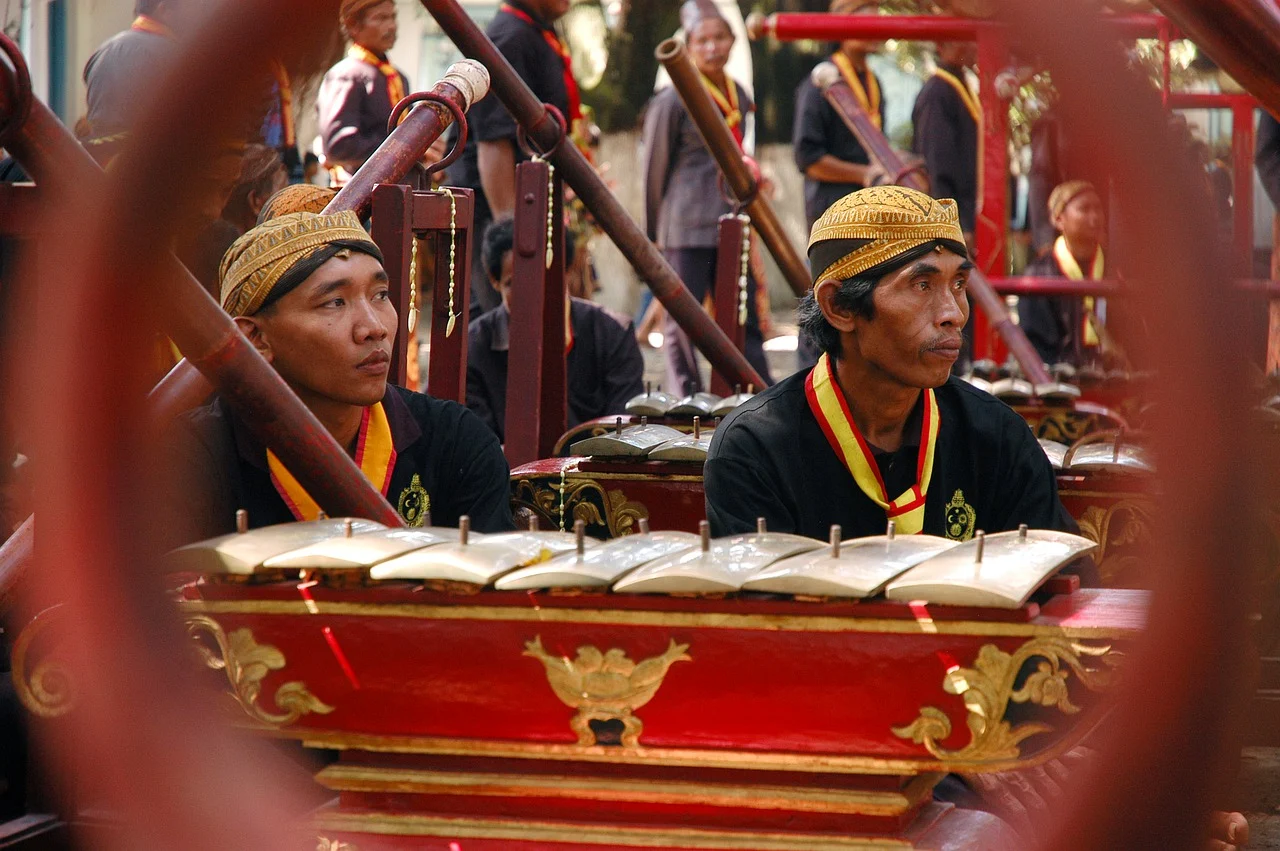Gospel Music

Gospel music is a genre deeply rooted in Christian spirituality and African American musical traditions. It originated in the late 19th and early 20th centuries, blending elements of African American spirituals, hymns, blues, and jazz. Gospel music is characterized by its passionate vocals, uplifting lyrics, and vibrant instrumentation. Some key aspects of gospel music: 1.Spiritual Themes: Gospel music often explores themes of faith, salvation, hope, and praise. The lyrics typically express a deep sense of spirituality and devotion to God. 2.Call and Response: Call and response is a common feature of gospel music, where a lead vocalist or choir sings a phrase or line, and the congregation or another vocalist responds. This interactive style creates a sense of community and participation among listeners. 3. Emotive Singing: Gospel singers are known for their powerful and emotive vocal performances. Singers often use techniques such as melisma (the vocal embellishment of a single s...





